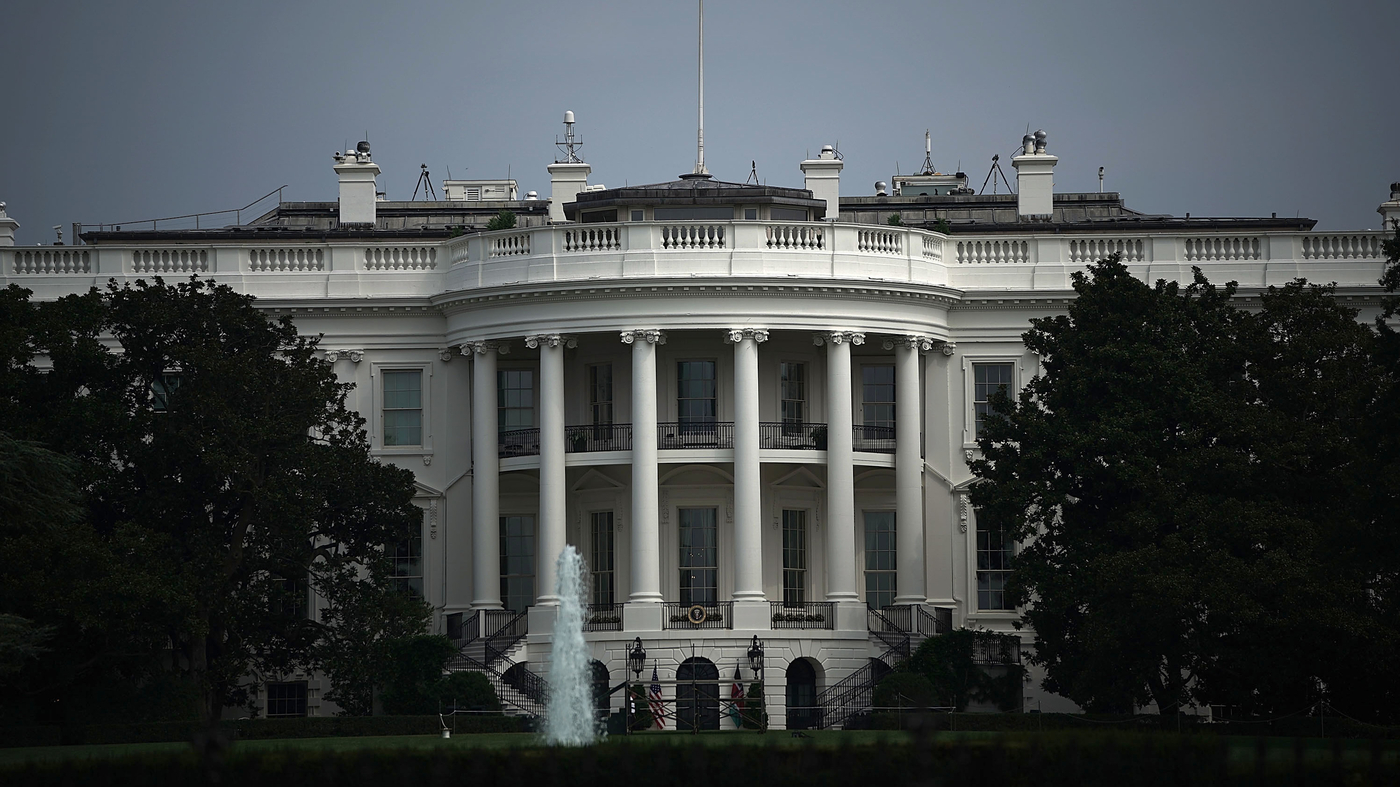What is the
25th Amendment?
The short answer: It's a way, other than impeachment, provided by the Constitution for power to be taken away from a sitting president.
The long answer: The law provided an answer to painful questions posed by the assassination of President John F. Kennedy in 1963. The Constitution is clear that if a president dies or is killed, the vice president takes over.
But what happens if a president is grievously wounded? What if he or she is mentally incapacitated and can't continue doing the job responsibly?
"There was no legal way for the duties of the office to be discharged by anybody else, so the government would be paralyzed," as writer Evan Osnos
told NPR's Terry Gross in an interview last year.
So the nation adopted the 25th Amendment, which was introduced in 1965 and ultimately ratified two years later. The text of the amendment
is available here from the National Archives.
What the amendment spells out is a procedure by which members of the Cabinet can agree to notify Congress that they do not believe a president can carry out his or her duties. The officials could send a letter to Congress explaining why and, if Congress agrees by a two-thirds vote of both chambers, lawmakers could make the vice president "Acting President," under Section 4 of the 25th Amendment.
Does that mean the president would be taken out of office?
No. And, in fact, the original president actually could try to challenge this investiture of power in the vice president.
"[It's a] ... sort of nightmare scenario that scholars describe as contested removal, in which a president would object to the idea that he's been determined to be unwell," as Osnos said.
"And at that point, then Congress has three weeks to decide the issue. And you can just sort of imagine. It's kind of amazing to step back and think about what that would actually be like in practice, that you would have Congress actively, openly, publicly discussing the question of whether or not the president of the United States was mentally fit to return to the presidency."
This provision in law set up this situation for a reason: Suppose a president was badly hurt in an accident and was incapacitated for several months. The 25th Amendment ensures the vice president could lawfully carry out the duties of the office for that time. Then if the president recovered, he or she could take back over and serve the rest of the term without having had to resign.
The requirement for two-thirds majorities in Congress is designed to keep this process from being used for simple political reasons and ensure that Congress and the executive branch use the 25th Amendment only in situations — like the hypothetical accident — in which it is obvious to all this is necessary.
At the same time, as evidenced by Osnos' allusion to the "contested removal" scenario, it's possible that a president might not agree that all this was appropriate.
Read more:
An anonymous newspaper op-ed attributed to a senior official in the Trump administration suggests that some in the Cabinet have contemplated using the 25th Amendment to remove the president.

www.npr.org









